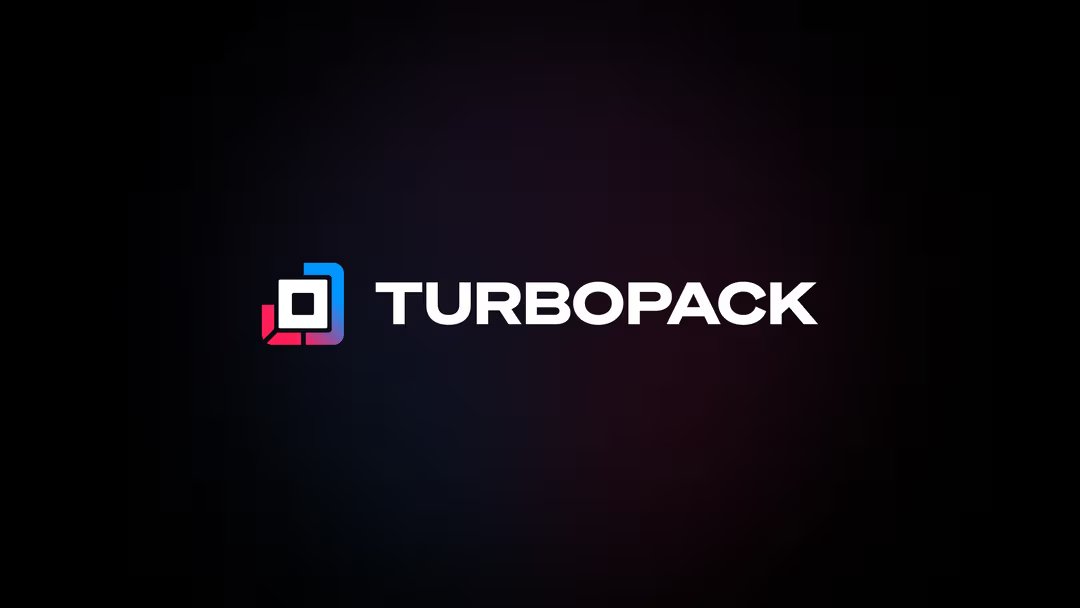Turbopack vs. Webpack
• 0 views
As full-stack developers, we're always looking for ways to optimize our workflows and deliver blazing-fast web applications. When building with frameworks like Next.js, our choice of build tools is crucial.
For years, Webpack has been the go-to solution, reliably packaging our code for the browser. However, the landscape is evolving with the arrival of Turbopack, a modern bundler designed for speed, created by the same team behind Webpack and Next.js at Vercel. Let's explore the differences between these two bundlers and why you might consider switching to Turbopack.

Webpack: The Familiar and Highly Configurable Workhorse
Webpack takes your code — JavaScript, CSS, images, and more — and transforms it into optimized bundles that browsers can understand. Its strength lies in its configurability, offering a wide array of plugins and loaders to tailor the build process to specific project needs.
However, this flexibility can also lead to complexity and performance bottlenecks, especially as projects grow. The sheer number of plugins and their combined overhead can result in slower builds, frustrating development cycles, and slow Hot Module Replacement (HMR). We've all experienced the frustration of waiting what feels like forever for a small code change to reflect in the browser.
Turbopack: A Ground-Up Reimagining of Bundling
Turbopack adopts a fundamentally different approach than Webpack. It's a brand-new, incremental bundler written in Rust, a language known for its speed and memory safety. This architectural change enables Turbopack to achieve significant performance improvements, particularly in larger and more complex applications. But it's not just the language; Turbopack is built on the concept of "incremental computation" and leverages a reusable Turbo build engine.
The team at Vercel leveraged a decade of experience with Webpack, combined with insights from Turborepo and Google's Bazel, to create a bundler built for the future. Imagine Webpack as re-baking an entire cake each time you add sprinkles, while Turbopack only adds the sprinkles and re-bakes just the changed section. This illustrates the core idea of incremental computation.
The Key to Speed: Incremental Computation and the Turbo Engine
Turbopack's speed stems from two main factors: highly optimized machine code thanks to Rust, and, more importantly, a low-level incremental computation engine. This "Turbo engine" is a scheduler that parallelizes function calls across all available processor cores. It also caches the results of these calls, preventing redundant work. Once Turbopack completes a task, it doesn't repeat it, making it exceptionally efficient.
Why Choose Turbopack for Next.js?
Next.js is designed for speed, so it makes sense to pair it with a bundler that shares that focus. Here are key advantages of using Turbopack with Next.js:
- Near-Instant Feedback: Turbopack provides remarkably fast startup times and update speeds, leading to a more fluid and efficient development experience.
- Optimized for JavaScript & TypeScript: Turbopack is specifically tailored for JavaScript and TypeScript projects, making it a natural fit for the Next.js ecosystem.
- Unified Graph: Turbopack utilizes a single unified graph for multiple environments (browser, server, etc.). This simplifies building complex applications and eliminates the need for separate compilers, resulting in easier maintenance and improved stability.
- Bundling in Development Mode: Unlike some modern tools that skip bundling in development, Turbopack bundles code, which reduces browser requests and leads to faster startup times.
- Lazy Bundling: Turbopack only bundles the code needed for the currently requested page. It creates a minimal dependency graph of your app's imports and exports, further improving load times.
- Future-Proof Technology: Turbopack is developed by the same team that built Next.js and Webpack, promising continuous development and robust support.
- Ready to Use with Next.js 14: You can start using Turbopack today by adding the
--turbopackflag to yournext devcommand.
Should You Migrate to Turbopack?
You can track Turbopack's development progress and feature parity with Webpack on Are We Turbo Yet?. This website shows that while development mode is quite stable and feature-complete, production builds are still under development.
Currently, production builds using next build are not fully supported. As Turbopack is actively being developed, you might encounter some challenges, but the performance benefits are significant.
As of today (December 2024), Turbopack is under heavy development, however, it's stable for local development.
Conclusion
Turbopack represents a major leap forward in JavaScript bundling, providing a performance-oriented alternative to traditional bundlers. While it offers significant benefits for Next.js developers, it's essential to approach it with a balanced perspective.
The bundler demonstrates dramatically improved performance due to its innovative architecture and incremental computation engine. However, as with any emerging technology, developers should:
- Thoroughly test it within their specific use cases.
- Stay informed about its latest development updates.
- Be ready to address potential compatibility issues.
For Next.js developers seeking the fastest possible development workflow, Turbopack is definitely worth exploring. Its performance improvements and forward-thinking design make it a compelling option for modern web development.